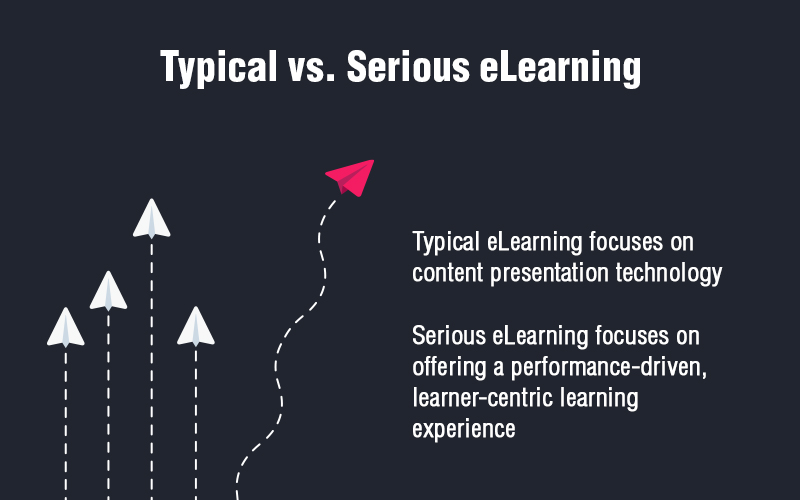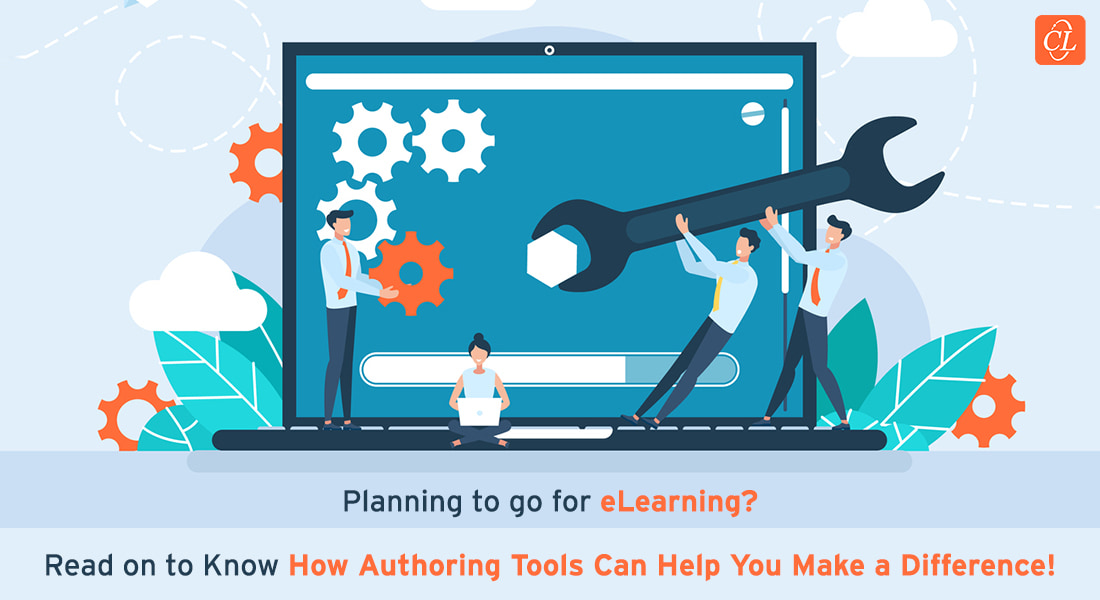Seven Secrets of a Successful Gamified Online Assessment

Do you wish to move beyond bland “tick-the-checkbox” assessments? Are you looking for ways to make your online assessments interesting and engaging? Well, you can try gamifying your assessments.
→ Download Now: Instructional Design 101
What is gamification?
Karl Kapp, a professor of Instructional Technology and a gamification guru, defines gamification as using game-based mechanics, aesthetics, and game thinking to engage people, motivate action, promote learning, and solve problems. Gamification may also be defined as the process of using game thinking and mechanics to engage audiences and solve problems (Zichermann, 2010).
You can gamify your online assessments by applying game elements such as scores, leaderboards, levels, and these elements go a long way in driving learner engagement.
OK. How to create a good gamified online assessment?
Kapp advises elearning designers to consider the following aspects when they develop gamified online assessments.
1. Go in for gamified assessments when you want high impact learning
The gamification of assessments in your elearning course takes time and money. So, it is better to go in for gamification only when the online course has a profound impact on the bottom line of your company. For instance, one of our clients in the contract manufacturing sector gamifies the assessments of its online data security training program. This is because the training program is for all employees and has a high impact on the organization. Poor learning could lead to data security breaches with disastrous consequences.
2. Identify success criteria properly
How do you determine the success of your people in the gamified online assessment? What are the criteria, based on which you would evaluate your learners? Is it the speed at which they finish the assessment, accuracy of actions, correctness of answers, or a demonstration of knowledge of all elements covered in the online training program? Or, is it a combination of these? You need to make sure you link the success criteria to the learning outcomes. For instance, in a gamified assessment conducted after the completion of an e-training program on fire safety, the learner needs to identify the class of the fire in the first level and then choose the corresponding fire extinguisher to put it out.

Instructional Design 101
A Handy Reference Guide for eLearning Designers
- eLearning standards
- Streamlined instructional design process
- Effective assessments
- And More!
3. Link assessments to business needs
The gamified online assessments needs to be related to your business needs to produce the best results. The mere addition of points and leaderboards does not add any value, unless the game is related to the learning content. For instance, we developed a gamified assessment to evaluate learners on food safety practices that aptly relates to the learning content.
To view the sample course, click the screenshot given below:
4. Come up with a good story
A great way to motivate adult learners is to explain the context in which they would be performing actions. Tell your people why they need win points. For instance, here is a gamified assessment based on Who Wants to Become a Millionaire?, where learners are clearly told why it is important to win.
To view the sample course, click the screenshot given below:
5. See that the game is easy to play
Kapp advises elearning designers to avoid complex formulas and algorithms, which could make scoring difficult. Tell your people clearly what the rules of the game are. The online gamified assessment needs to be designed in such a way that learners can “tie” their actions to a score. Inform learners about their progress once they complete a particular level or activity – not just about their score, but whether they will proceed to a more complex topic, etc.
Also, you need to test various scoring scenarios. What happens when the learner answers the question correctly or incorrectly or skips all/a few questions? Some scenarios may seem impossible, but if you can conceive them, there is every possibility they may occur. Proper testing of scenarios helps you identify potential problems and fix them in advance.
6. Play-test the gamified assessment
You need to play-test the online gamified assessment a couple of times before you release it to your people. You are most likely to find bugs and shortcuts that could have escaped your notice during development. It’s better to find them beforehand, before your learners do. Isn’t it?
7. Provide alternatives to gamification
There could be some sections of your staff that are not comfortable with gamification and want to be evaluated the “traditional way”. You need to make arrangements for these learners to complete the assessments, by presenting the questions in a non-gamified format.
Gamification helps make your online assessments interesting and stress-free. You need to keep the following aspects in mind when you develop a gamified assessment.
- Determine the impact of the learning on your business
- Identify the success criteria
- Align to business needs
- Create a proper context
- Ensure ease of playing
- Detect bugs and shortcuts
- Provide alternative formats to present questions
Hope you liked this post. Do share your views.







